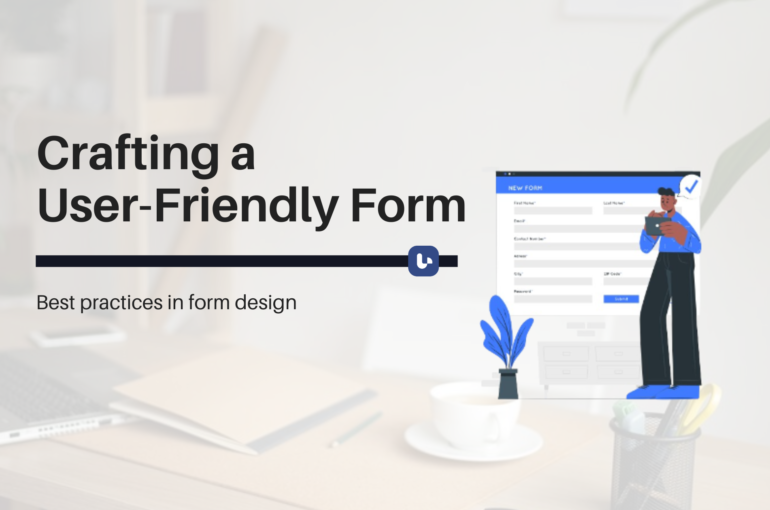The Ultimate Guide to Business Forms: Types, Best Practices & Optimization

The Ultimate Guide to Best Practices for Business Forms
Forms are an essential part of everyday life. You’ve been filling out forms from childhood—whether answering basic questions like “What is your name?” or completing detailed online applications. But in the business world, forms serve a much greater purpose. Implementing the best practices for business forms ensures better user experience, higher conversion rates, and improved data collection.
What is a Form in Business?
A form is a structured document—either digital or paper-based—designed to collect specific information from individuals or entities. Businesses use forms for various purposes, including data collection, lead generation, customer feedback, and transaction processing.
Forms can take multiple formats:
- Paper-based forms for manual data entry.
- Online forms embedded on websites or landing pages.
- Electronic forms within mobile apps or software.
- Interactive forms in emails and social media platforms.
Regardless of format, the primary goal of business forms is to capture relevant data efficiently and accurately while enhancing the user experience. Learn more about form optimization strategies in this HubSpot guide on high-converting forms.
Popular Types of Business & Marketing Forms
Understanding different types of forms can help you choose the best one for your needs. Here are some of the most common business and marketing forms:
- Contact Forms – These forms allow businesses to collect essential contact details from potential customers, making it easier to follow up on inquiries.
- Registration Forms – Used for event sign-ups, webinars, memberships, account creation, and newsletter subscriptions.
- Lead Generation Forms – Designed to capture information like names, emails, and phone numbers in exchange for free resources, discounts, or exclusive content.
- Feedback Forms – Help businesses gather customer opinions, suggestions, or complaints, enabling improvements in products, services, or user experience.
- Order Forms – Facilitate transactions by collecting necessary purchase details and processing payments.
Best Practices for Business Forms Design
Poorly designed forms can lead to high abandonment rates. To optimize your forms for higher engagement and conversions, follow these best practices:
1. Keep It Simple & Clear
- Use concise language and avoid unnecessary jargon.
- Break long forms into smaller sections for better readability.
2. Use a User-Friendly Layout
- Arrange form elements logically, following a top-to-bottom or left-to-right flow.
- Group related fields together and use whitespace to improve readability.
3. Optimize for Mobile Users
- Ensure your form is responsive on all devices (desktops, tablets, and smartphones).
- Use stacked fields and collapsible sections for smaller screens.
4. Provide Clear Instructions & Labels
- Offer helpful tooltips or hints for unfamiliar inputs.
- Label each form field clearly with descriptive text or placeholders.
5. Enable Smart Defaults & Autofill
- Use autofill features for common fields like name, email, and address to save users time.
- Pre-select common answers where applicable to streamline the process.
6. Minimize Required Fields
- Only make essential fields mandatory.
- If a field is required, provide a brief explanation to justify its necessity.
7. Include Progress Indicators
- For multi-step forms, add progress bars or step counters to show users how much is left.
- Allow users to navigate between steps easily.
8. Test & Iterate
- Conduct usability testing to identify potential friction points.
- Gather user feedback and continuously optimize form design based on insights.
For more insights, check out this article from Nielsen Norman Group on form usability.
Conclusion
Forms play a crucial role in business operations, helping you collect data, generate leads, engage customers, and facilitate transactions. By following these best practices for business forms, you can create user-friendly, intuitive, and conversion-optimized forms that enhance the user experience and drive business growth.
Ready to create high-converting forms? Check out our blog post on the best form design tools (both free and paid) to get started today!
Did you enjoy this blog post? You should check out our other blog posts to help you take your business to the next level
